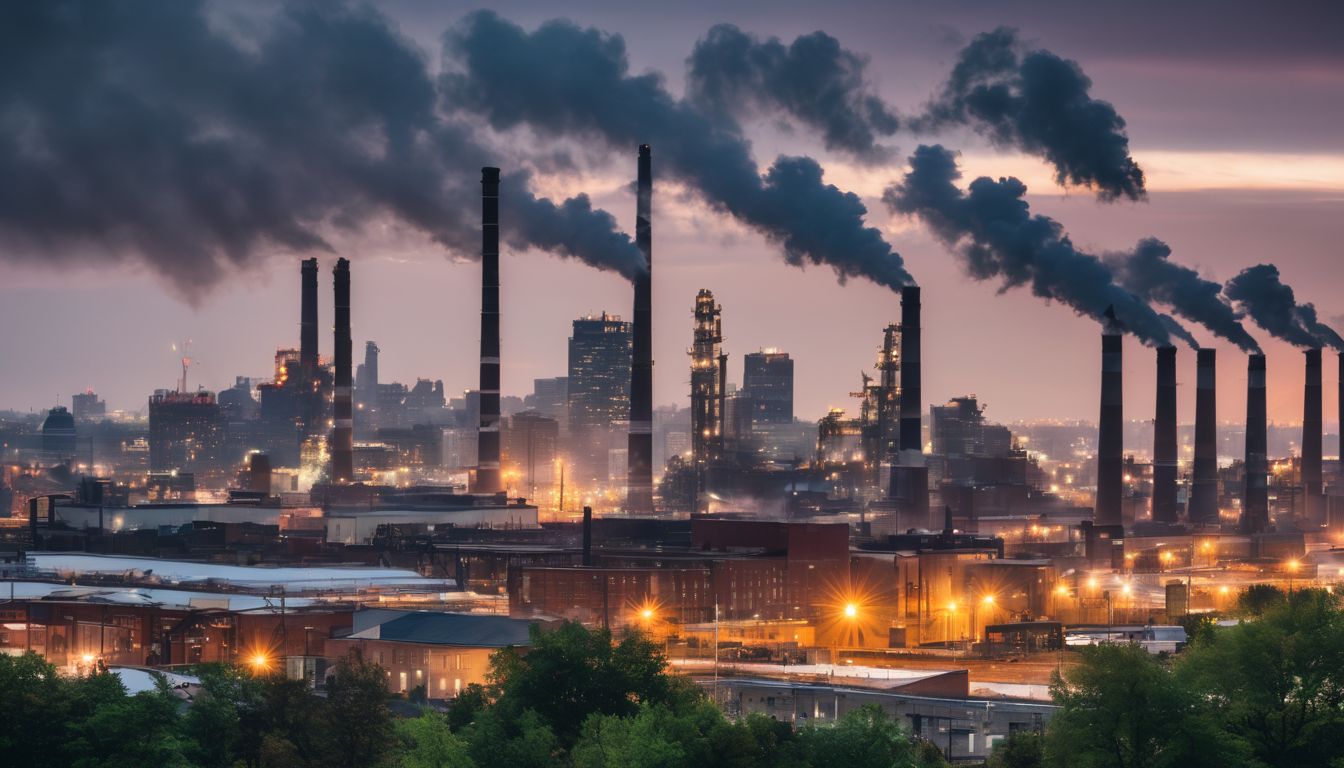Introduction
Global climate change is upon us. This fact has been recognized by the majority of nations worldwide as shown by several international meetings specifically targeted at reducing this effect. And although people are becoming more and more accepting of this fact, the only doubt that still remains in many people’s minds is whether or not these changes are man made, natural, or a combination of the two. To answer this question I ask you to put away your previous notions of global warming and listen to the theories of the Serbian astrophysicist, Milutin Milankovitch (1879-1958). 1
Milankovitch 3 Elements:
Milankovitch theory on global climate change stems from his basic hypothesis of seasonal climates. He was in fact the scientist who hypothesized that the tilt of the earth’s axis and the cyclical orbit around the sun is what caused the seasons. However, Milankovitch took his theory further, using it to address the mystery of why the earth experiences ice ages and times of massive glacial retreat. Milankovitch turns to his theory’s three elements to explain how these dramatic global climates occur:
1. First, the shape of the earth’s orbit around the sun. The orbit changes on a 100,000 year cycle, becoming either more circular or more elliptical. The more elliptical the orbit, the greater the difference between winter and summer.
2. Secondly are, “the changes in the angle that Earth’s axis makes with the plane of Earth’s orbit.” (1) Higher angles—the more erect the earth is compared to the rotational plane–mean a greater difference between winter and summer. This variation of tilt takes place on a 41,000 year cycle. (2) Right now the angle is at 23.5 degrees, but this will somewhat change as time goes on.
3. And lastly is something Milankovitch calls “wobble.” Wobble is the idea that the axis itself acts “like the spin axis of a top” making a circular motion. Just imagine looking at a top from an aerial view, seeing how it makes a small circle as it turns. This cycle is a 21,000 year cycle.2
What does this mean, in layman’s terms?
Put very simply, the change in the earth’s orbit around the sun, the change in the tilt of the axis, and the wobble of the axis are the three things that regulate how much solar energy the earth receives, thus changing the global climate. We see the results of these processes every year with the changing of seasons; however, because these three things are based on long term cycles lasting tens of thousands of years, the extremity of weather patterns associated with these changes are much more severe. Mainly, they are responsible for the growth or retreat of the earth’s glaciers.3 This also means that glaciers naturally melt and reform over time, creating earth’s many ice ages and hot spells. Wait, glacier melt, like what is happening with global warming? Yes, but before you blame these natural cycles for global warming, hear what Milankovitch first explained.
What about Greenhouse Gas concentrations in the atmosphere? Isn’t that what is causing climate change?
If you’ve seen Al Gore’s film An Inconvenient Truth you are probably familiar with the idea that the fluctuation of the presence of greenhouses in the atmosphere is what causes these global climate changes. While this is true, Milankovitch’s cycle can explain how this variation in atmospheric composition occurs based on the amount of heat from the sun that reaches the earth. And if, say, more heat reaches the earth, then the earth will be hotter. However, our planet is not that easily swayed, and astronomical effects need the help of “positive feedback cycles” to propel these massive events to occur.4
Global Warming as a Positive Feedback Cycle
A positive feedback loop is basically a cycle that feeds off itself. Global warming is a great example of this:
Step 1: Milankovitch’s theory—the orbit is more elliptical and the axis is more tilted, creating a greater difference between summer and winter, and more heat to the poles of the earth. This creates a warming effect on the coldest portions of the planet.
OR
Step 1: Intense amounts of CO2 and other greenhouse gases are released by humans into the ozone. Greenhouse gases are chemical compounds that have a high radiative forcing, meaning they have the ability to hold a large amount of heat per molecule. So instead of letting heat pass through the atmosphere, they trap it in, creating a warming effect.
Step 2: Because our planet is warming, the glaciers begin to slowly melt.
Step 3: Glaciers are important aspects in cooling the earth, and not just because they are big blocks of ice. They are responsible for the earth’s albedo, meaning the earth’s ability to reflect sunlight, rather than absorb it. This is a simple concept: white is a color that reflects light, unlike black which absorbs it. As glaciers melt, albedo decreases, meaning more heat is absorbed instead of reflected.
Step 4: The ocean becomes warmer as the greenhouse effect takes place. The ocean is a natural carbon sink—meaning it naturally houses the element carbon—and warm water can hold less carbon than cold water can. The temperature of the ocean increases, releasing more carbon, which reacts with ozone (O3) in the atmosphere to form carbon dioxide, the notorious heat-trapping gas, furthering the greenhouse effect.5
Step 5: Albedo decreases, more carbon is released, making the planet even hotter, further melting the glaciers, decreasing reflectivity, and heating the ocean. The cycle continues and the world gets hotter.
Either scenario of step 1 is possible to create this warming effect and begin a positive feedback loop. The point of this very real example is to demonstrate how initial conditions become a catalyst for large climate changes that can and have affected the earth. Positive feedback loops can also begin ice ages, but do so by increasing albedo, cooling the ocean, trapping more carbon, cooling the earth, and causing glacial growth.
What does this theory tell us about climate change today?
If Milankovitch’s theory on paleoclimateology is correct, than the earth should be heading into a cooling period, a time where glaciers accumulate more mass. Since that was the punch line, I’ll say it again: The earth should be heading towards a cooling period, not a warming period. This is exactly the opposite of what it occurring today. The charts below show the pattern of Milankovitch’s three elements for climate change and the actual change of the earth’s climate.6
So if Milankovitch’s theory is correct, and we are heading towards increased glacial conditions, then why is there more carbon dioxide in the atmosphere? Cooling positive feedback cycles would mean less greenhouse gases, not more. Where could they becoming from, if not for the natural cycle of the earth? For that, scientists point to humans and our industry.
How sound is this theory?
The definition of a theory is a hypothesis that is supported by scientific evidence, peer edited, and published. It is ultimately accepted as scientific truth. It is up to you as the reader to decide whether this evidence is enough to convince you that global warming is in fact man made.




